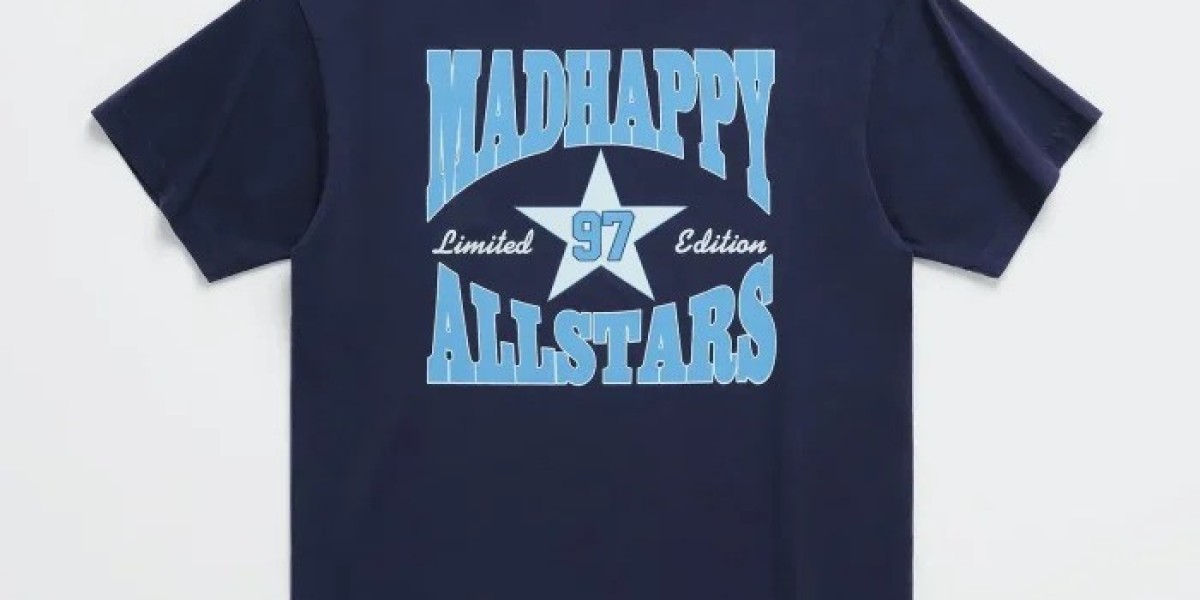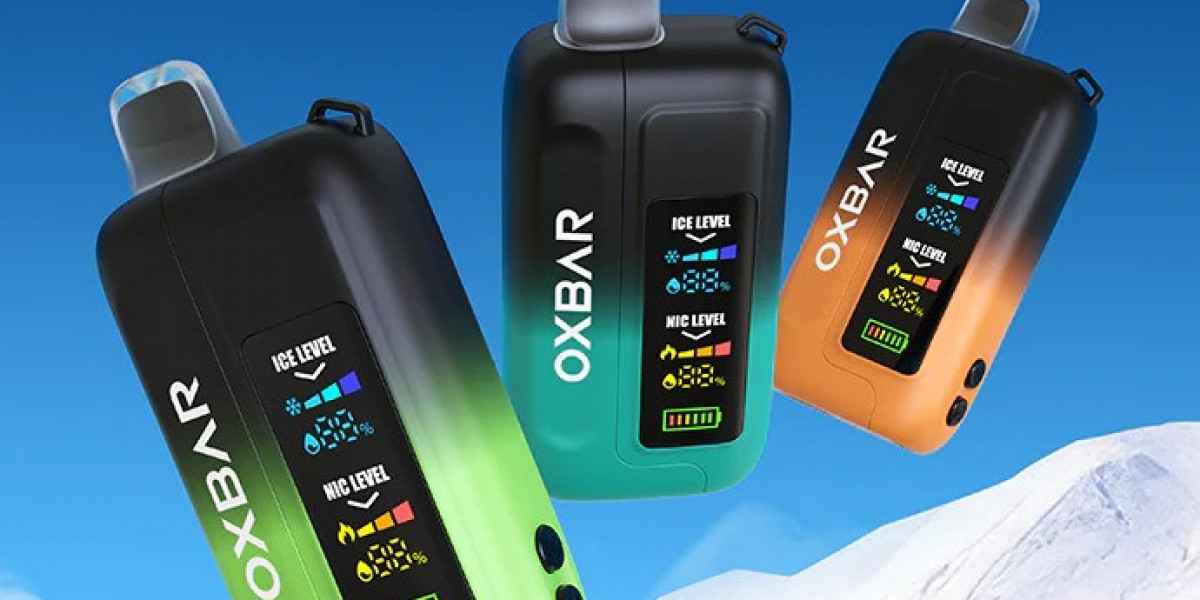In a world that constantly demands perfection, productivity, and progress, it's rare to find a brand that places mental well-being at the heart of its identity. Madhappy is one of those rare exceptions. Since its inception, the brand has managed to rise from being a boutique streetwear label to a cultural movement, promoting mental health, community connection, and emotional authenticity. Madhappy’s success isn’t just stitched into its cozy hoodies or sleek sweatpants—it’s sewn into the brand’s DNA, mission, and message. This is the story of how Madhappy is rewriting the rules of fashion while helping an entire generation feel a little less alone.
The Birth of Madhappy: A Brand with a Purpose
Founded in 2017 by four friends—Peiman Raf, Noah Raf, Mason Spector, and Joshua Sitt—Madhappy wasn’t created to be “just another clothing brand.” Its founding story is deeply personal, rooted in the experiences of its creators who have dealt with mental health challenges themselves. They understood that young people needed more than a brand—they needed a voice that could normalize the conversation around mental health.
The name itself, “Madhappy,” is a contradiction by design. It reflects the idea that life isn’t binary—people can experience both chaos and joy, fear and hope, in the same breath. This duality forms the core of Madhappy’s identity and speaks directly to the emotional complexity of modern life. Instead of masking vulnerability, the brand embraces it. This candid approach quickly set Madhappy apart from other streetwear brands that rely heavily on exclusivity, bravado, or hype.
Streetwear Meets Mental Health: A Revolutionary Combo
Streetwear has long been a space for self-expression, rebellion, and culture. But for years, it was also saturated with messages about status, scarcity, and attitude. Madhappy flipped that script. It introduced a softer, more mindful ethos to a scene dominated by bold statements and sharp edges.
By blending high-quality apparel with mental wellness messaging, Madhappy created a product line that speaks to both style and substance. Their collections—ranging from premium hoodies and joggers to T-shirts and caps—feature uplifting slogans, pastel color palettes, and minimalist branding. But more than their look, it’s the intention behind the clothes that resonates with customers. Phrases like “Local Optimist” or “Mental Health Awareness” aren’t just taglines—they’re calls to action, conversation starters, and daily affirmations.
This fusion of fashion and mindfulness isn’t just aesthetic. It’s deeply strategic. Madhappy uses its platform not only to sell clothes but to educate, inspire, and support its audience in meaningful ways.
Building Community Through Conversation
One of the brand’s most powerful tools is its ability to spark real dialogue. Madhappy has always viewed its customer base not as buyers, but as a community—a network of individuals bound together by the shared desire to grow emotionally, support one another, and build a healthier society.
From hosting in-person pop-ups in cities like Los Angeles, New York, and Miami to launching digital forums and mental health resources, Madhappy has prioritized human connection. Their “Local Optimist” tour, for example, isn’t just about showcasing new apparel—it’s about holding safe spaces for people to open up about their feelings, share stories, and connect with others who understand their struggles.
Moreover, Madhappy frequently collaborates with therapists, psychologists, and health professionals to provide tangible tools for mental wellness. Their blog, newsletters, and campaigns often feature curated content designed to inform, support, and uplift. For a fashion brand, this is not only rare—it’s revolutionary.
The Madhappy Foundation: Taking Action Beyond Aesthetics
In 2020, the brand launched The Madhappy Foundation, a nonprofit initiative committed to improving mental health on a global scale. The foundation focuses on funding research, creating educational programs, and partnering with mental health organizations to spread awareness and accessibility.
A portion of proceeds from every Madhappy product is donated to the Foundation, ensuring that the brand’s impact isn’t limited to social media engagement or clothing drops. Through strategic partnerships with institutions like UCLA’s Friends of the Semel Institute and The Jed Foundation, Madhappy is helping pave the way for long-term change in how society approaches mental wellness.
What makes the Foundation even more powerful is its transparency and consistency. It’s not a marketing gimmick or seasonal campaign—it’s an integral part of the brand’s ongoing commitment to emotional well-being.
Collaborations That Reflect Core Values
Madhappy Hoodie has collaborated with a diverse range of partners, from established brands like LVMH’s Rimowa and Columbia Sportswear to cultural institutions like Pixar and the NBA. But unlike traditional fashion collabs that focus purely on hype or sales, Madhappy ensures that each collaboration is aligned with its message of optimism and emotional well-being.
Take the Pixar collaboration, for instance. By tapping into the emotional depth of Pixar’s storytelling—films that often explore complex themes of grief, identity, and friendship—Madhappy was able to blend nostalgia, culture, and purpose into a single collection. Similarly, their work with Columbia introduced outdoor gear designed not just for performance, but for promoting the mental health benefits of spending time in nature.
These collaborations help Madhappy scale its reach while staying true to its roots. They are a testament to the brand’s belief that optimism, like fashion, can take many forms.
Design Language: Aesthetic Minimalism Meets Emotional Depth
From the outside, Madhappy’s products may seem simple—soft, oversized hoodies, classic crewnecks, and sweatpants in seasonal tones. But each piece is meticulously designed to feel like a comfort object. The use of premium heavyweight cotton, washed dyes, and clean tailoring make the clothes feel timeless and elevated.
But it’s not just the fabric or fit that matters—it’s the emotional resonance. Many Madhappy pieces include subtle embroidery, inner label messages, or hand-stitched affirmations that make the wearer feel seen, safe, and validated. It’s clothing that doesn’t scream for attention, but gently invites self-reflection.
In a market oversaturated with logos and limited drops, Madhappy offers something quieter, more intentional. It’s not about being the loudest in the room—it’s about being the most present.
The Cultural Shift: Why Madhappy Matters Right Now
Mental health is no longer a taboo subject, especially among Gen Z and Millennials. Social media, pandemic trauma, rising anxiety rates, and growing awareness have all led to a cultural reckoning around mental health. Madhappy didn’t create that shift—but it has certainly helped to amplify it.
The brand feels especially relevant now because it represents the values that young people are increasingly prioritizing: authenticity, inclusivity, and emotional intelligence. It’s no longer enough for a brand to make good products. Consumers want purpose-driven companies that reflect their own struggles and aspirations. Madhappy’s success proves that empathy can be profitable and that vulnerability can build loyalty.
By placing mental health front and center, Madhappy has given a voice to millions of people who have long felt unheard in both fashion and society.
Challenges and Criticism: Navigating Authenticity in a Commercial Space
No brand is immune to scrutiny, and Madhappy Tracksuit has faced its share of skepticism. Some critics have questioned whether it’s possible to commodify mental health without diluting or exploiting it. Others have pointed out the brand’s high price point, arguing that its products may not be accessible to the very communities that struggle most with mental health.
These critiques aren’t unfounded. They highlight the tightrope Madhappy must walk between building a sustainable business and staying authentically mission-driven. But the brand has addressed these concerns by doubling down on transparency, diversifying its collaborations, and continuing to invest in free educational resources and community outreach.








